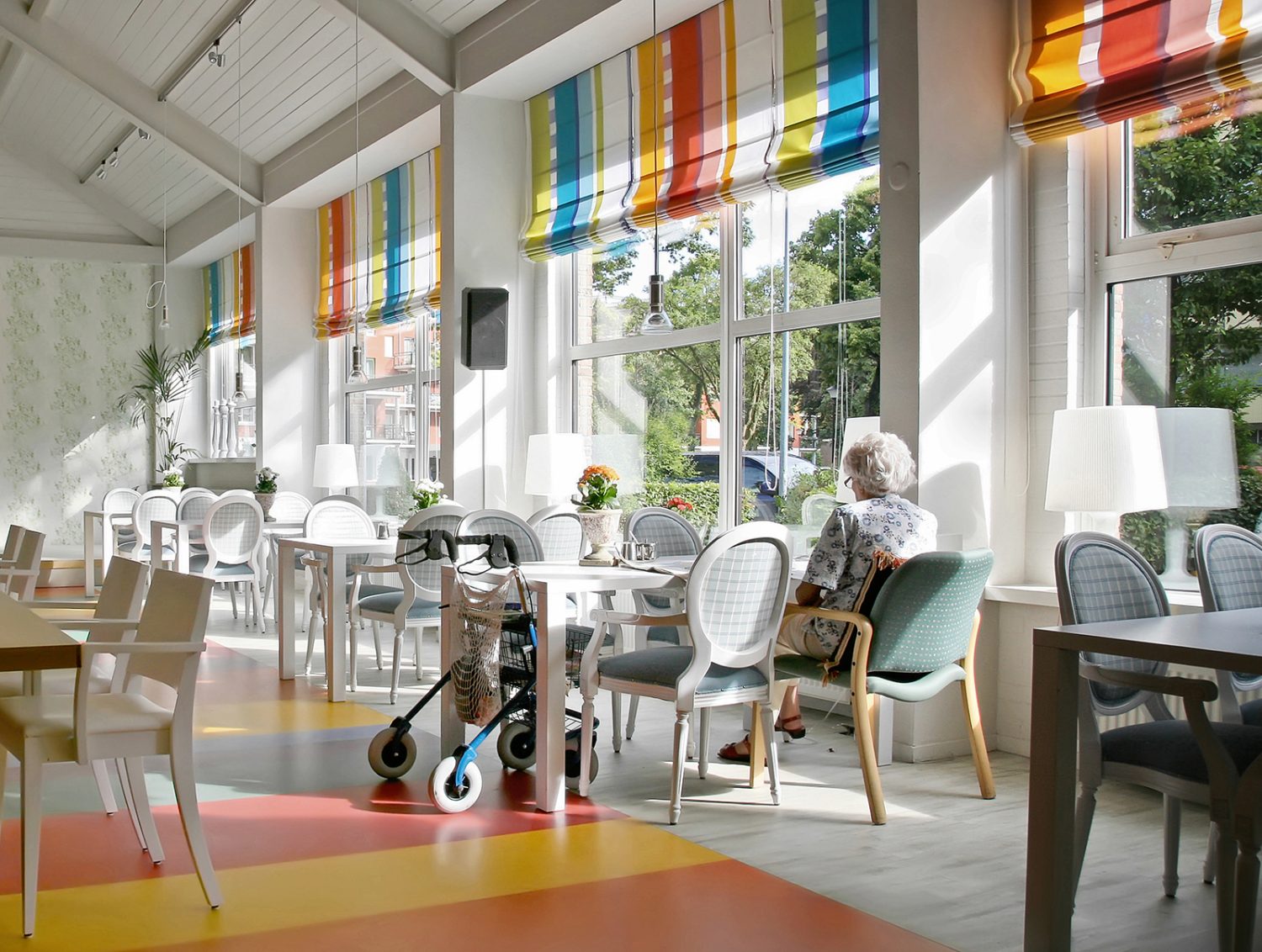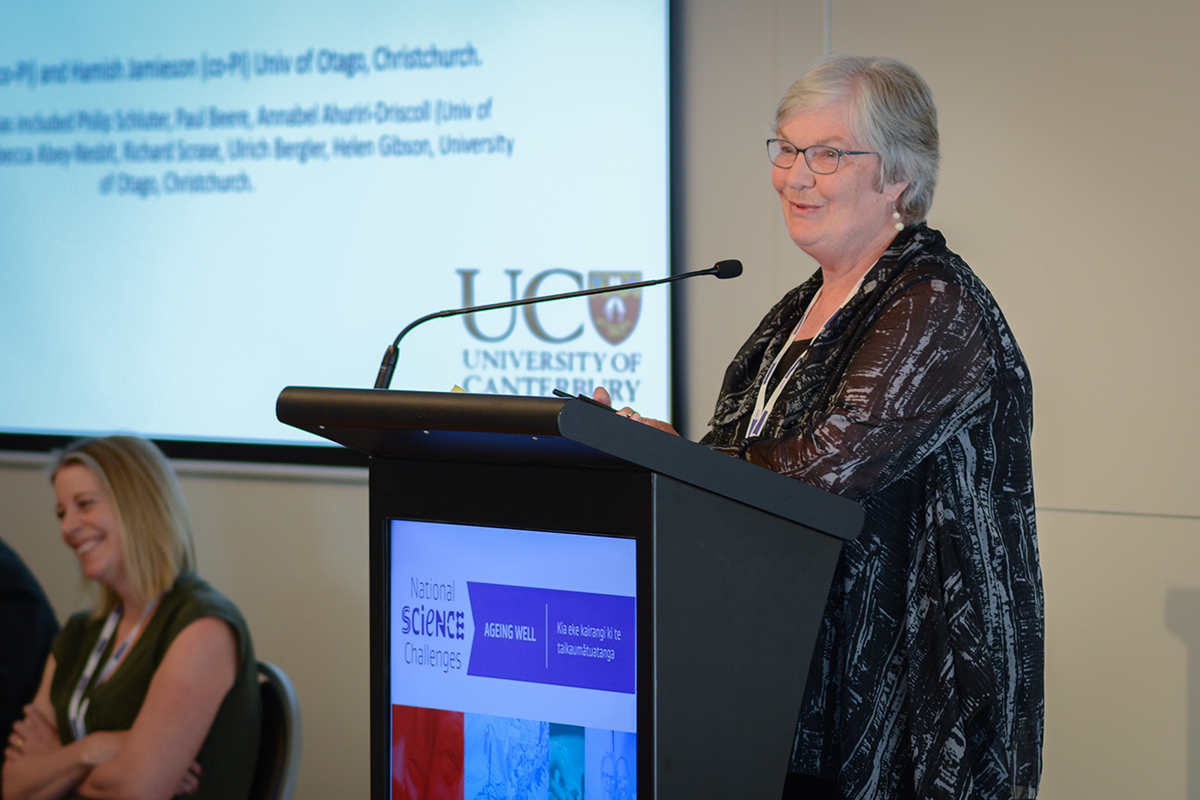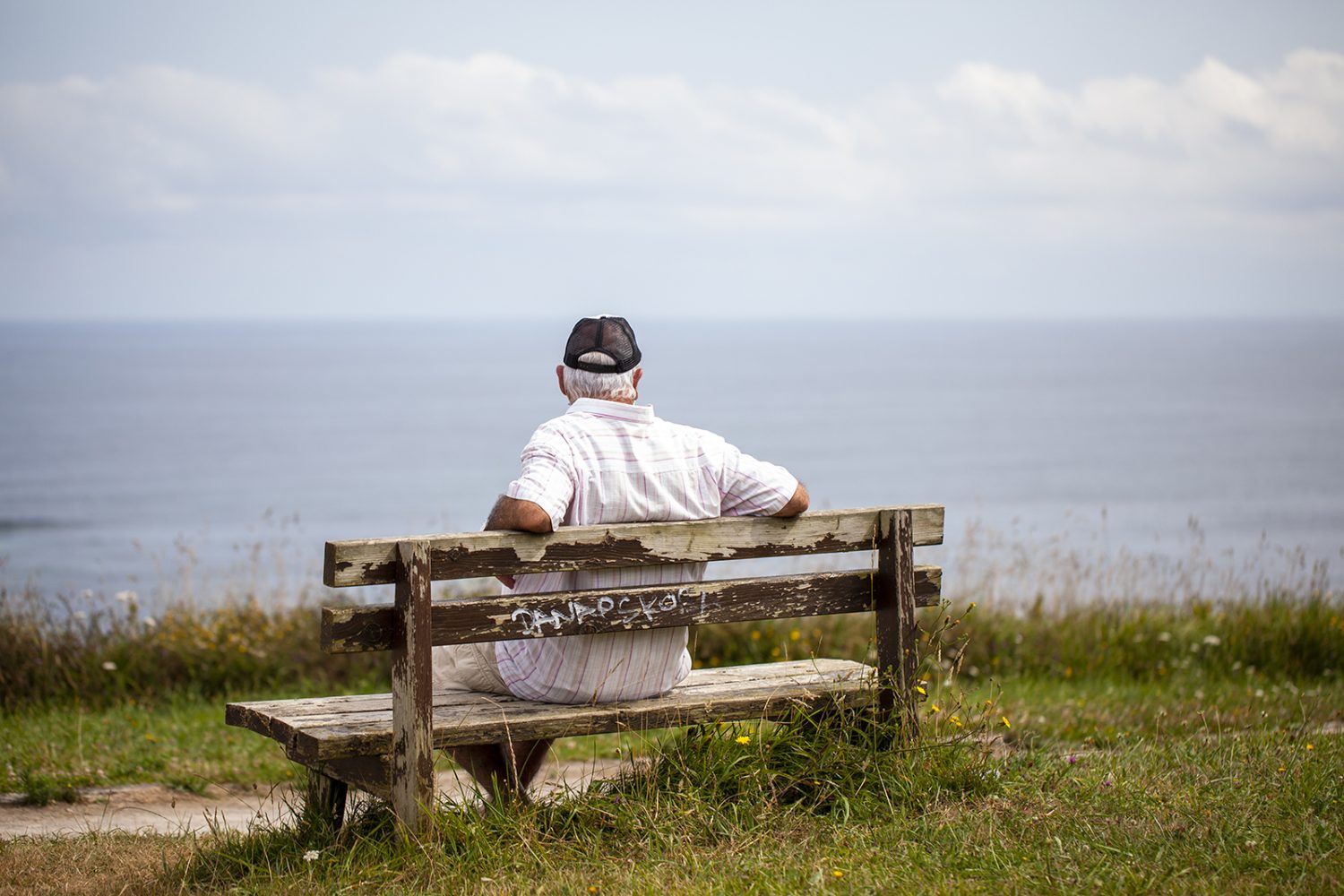Loneliness is doing unmistakable, if largely unseen, damage to the health and wellbeing of too many older New Zealanders. Everyone is lonely at some point in their lives, but for older adults feelings of loneliness can be hard to keep at bay.
Ageing Well Co-Principal Investigators Dr Sally Keeling and Dr Hamish Jamieson, of the University of Otago, Christchurch, embarked on a project that aimed to measure exactly what impact loneliness and social isolation have on older people’s health.
They knew loneliness and social isolation are both problems, but they weren’t sure just how big a problem, especially when “compared with other more medical factors,” Dr Jamieson, who is also a geriatrician with the Canterbury District Health Board, explains.
One question underpinned this research: are loneliness and social isolation putting people at higher risk of admission into an aged care facility than common medical conditions?
Learning the answer to this question would have big implications for health professionals, service providers, scientists, and policymakers. Measuring loneliness and its effects is not easy. Everyone, after all, experiences feelings of loneliness differently. And loneliness is slippery. It is intangible—it is difficult to pin down and gauge accurately. It is a state of mind and perception.
But, as the researchers realised, New Zealand has a world-leading advantage: the InterRAI database (see also Dr Jamieson’s other study, the Drug Burden Index). InterRAI is the world’s first standardised, comprehensive record of older people’s health needs. Every adult over 65 entering care undergoes an assessment. Drs Keeling and Jamieson and their team are responsible for deciphering its contents, unlocking its potential and bringing meaning to several other previously underappreciated clinical datasets.
One question underpinned this research: are loneliness and social isolation putting people at higher risk of admission into an aged care facility than common medical conditions?
Utilising interRAI data
As an early adopter of the InterRAIassessment tool, New Zealand has clinical information dating from 2011. That represents countless interviews with older New Zealanders, all taking place at the point of care, all furnishing nuggets of information on cognition, mood, diet and social engagement. Data aplenty, if it could be put to work.
Taking a huge chunk of these data — researchers retrospectively drew upon almost 72,000 older Kiwis’ responses to the clinical assessment over a five-year period — Dr Keeling, Dr Jamieson, and their colleagues examined responses to a section that dealt with social engagement.
About the research
Computers crunched the interRAI data to provide a statistical report card on older people’s loneliness, and researchers then matched it with health outcomes and living arrangements.
What the research team discovered was slightly unexpected. Most older people surveyed (79%) said they did not feel lonely. However, that still meant that one in five older adults (21%) did self-report feeling lonely some or most of the time. That’s over 15,000 people essentially feeling “chronically lonely”, Dr Jamieson says. Of these, those who lived alone were more at risk of loneliness (29%) than those who lived with family members or in shared living situations (14%).
Being lonely affects everyone differently. Different ethnicities were susceptible to different degrees of loneliness (see the research by Professor Gott and the team of Waldegrave, Tamasese, and Professor Cunningham). Amongst those living alone, older Asians reported being the loneliest (23%) compared with Pacific Peoples (17%). Nevertheless, the provision of support and appropriate help for vulnerable lonely adults should be understood in this context.
Geography and wealth also play a part in loneliness. Rural areas enjoyed lower rates of loneliness, except Pacific peoples in those communities. And loneliness also increased with social deprivation, a finding that concurs with previous New Zealand studies.
If you are socially isolated and lonely, you are more at risk of depression and anxiety, and some chronic conditions, such as pain, can become worse.
Loneliness also contributed to making people feel unwell, the study found. As Dr Jamieson puts it: “If you are socially isolated and lonely, you are more at risk of depression and anxiety, and some chronic conditions, such as pain, can become worse.”
So could interRAI also offer any insights into why older people entered care homes?
It did; and the answers were surprising. Looking specifically at “social factors” that led to care home admission, Jamieson’s team found four things spiked the chances of entry dramatically: loneliness; living alone; carer distress; and lack of positive social interactions. The information gleaned from the study can be used to improve “individual care planning”, and integrated into health and social services provision. Lonely people were almost 20% more likely to enter a facility; those living alone were 43% more likely to enter care; those with stressed carers were 28% more likely; and those who reported negative social interactions were 22% more likely.
Contrast this with a common medical condition that leads to care entry: incontinence. That issue only raises a person’s chances of entering care by 11%. Social factors, the researchers realised, often proved more decisive in residential care admission than some medical factors. More interesting still, lonely and isolated older adults were entering care even when they were otherwise physically well, Dr Jamieson said.
Carers, often families or whānau, strive to support their loved ones staying at home. Many carers (particularly spouses) are themselves experiencing age-related health concerns. But this long-term and demanding caring eventually becomes “exhausting” and led to aged care entry Dr Jamieson reports (for a notable exception, see Dr Ofa Dewes’ study on Pacific peoples).
Associate Professor Dr Jamieson said it was “sad” that so many older New Zealanders were experiencing extreme loneliness. Part of the explanation for these statistics, he said, was that society is more “fragmented” than in the past. Families are more likely to be geographically dispersed, and few non-Māori and non-Pasifika elders share the same house with younger family members, neighbours are not visiting each other as much, and community hubs (such as dairies and post offices) are no longer the sites of local interaction.
Findings from the study were presented at an interRAI Services event in Wellington. Eighty people attended Dr Jamieson’s presentation (in person and remotely), most coming from key government departments, social agencies, and NGOs.
The information gleaned from the study can be used to improve “individual care planning”, and integrated into health and social services provision.
Conclusion
The healthcare sector is beginning to see that older people’s health is not just affected by physical or medical factors – social isolation and loneliness are “causing the real problems” for our seniors, Dr Jamieson says.
Indeed, more attention needs to be paid to social factors in supporting older adults to age well. New Zealand also needs to put better social support and service provision in place. Based on ethnic identification and living arrangement information, efforts to reduce the negative impacts of loneliness also need a nuanced, culturally appropriate approach.
Researchers achieved several other novel accomplishments as a result of this project. They contributed to building New Zealand’s own older people’s evidence base “within the interRAI methodology”. And the information gleaned from the study can be used to improve “individual care planning”, and integrated into health and social services provision.
There is an old saying: “in God we trust; everyone else bring data.”
This Ageing Well study has marshalled tens of thousands of people’s anonymised data to lay bare the damage and consequences of loneliness and social isolation in New Zealand. Now health professionals and policymakers can begin to act upon these data.


